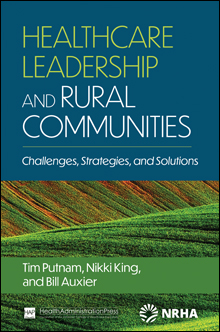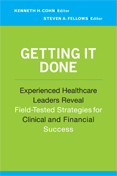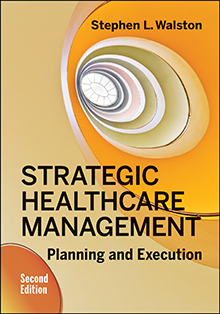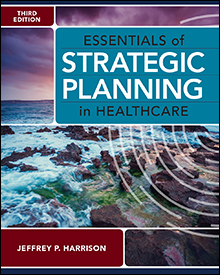Contents
Healthcare Leadership and Rural Communities: Challenges, Strategies, and Solutions
Timothy L. Putnam, DHA, LFACHE Nikki King, DHA William Auxier, PhD
Softbound,
150pp,
2023
- Digital Access: $25.00 180-Day Access on ACHE Activate
- Print: $28.00
By Topic:
By Collection:
- Executive Series
- Digital Publication
- Management Series
Book Description
Instructor Resources: Additional case studies for classroom discussion.
Leaders of rural healthcare organizations confront unique challenges. Payment systems, power dynamics, labor availability, and accessible resources differ considerably between rural and urban areas.
Healthcare Leadership and Rural Communities: Challenges, Strategies, and Solutions outlines what it takes to manage care in a rural community and provides advice on overcoming the common challenges that healthcare executives confront. The authors provide candid insights gained from their experience as rural healthcare managers and their work with leaders in the field.
Published in collaboration with the National Rural Health Association, the book covers topics including the following:
- Measuring and managing rural care quality
- Developing strong relationships with physicians
- Managing communications and controlling the message
- Financing and funding rural healthcare
- Meeting demand for mental and behavioral health services
- Creating rural health clinics or federally qualified health centers
- Building trust with staff, patients, and the community
- Working with tertiary health systems
- Recruiting, retaining, and developing talent
- Working with community hospital boards
- Recognizing and addressing rural health inequity
- Responding to the rural healthcare crisis
All healthcare organizations are linked to their communities, but rural providers have particularly strong ties. This book emphasizes the need for collaboration to safeguard the futures of organizations and their communities.




-b084e1dd.jpg?w=160)
_ACHE-e64dead1.jpg?w=160)















